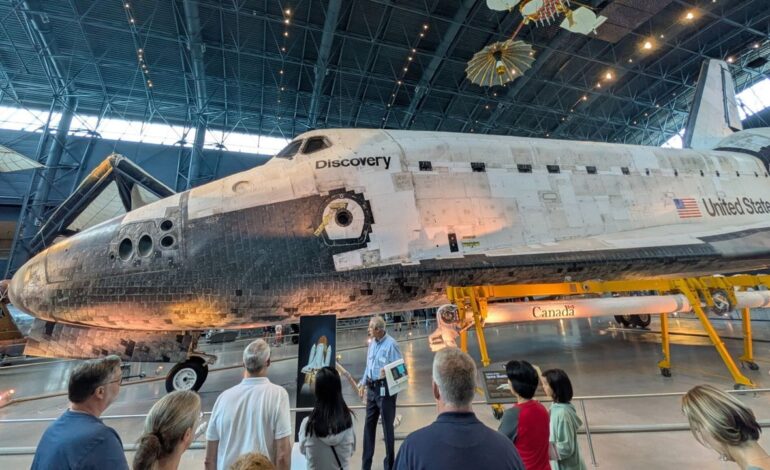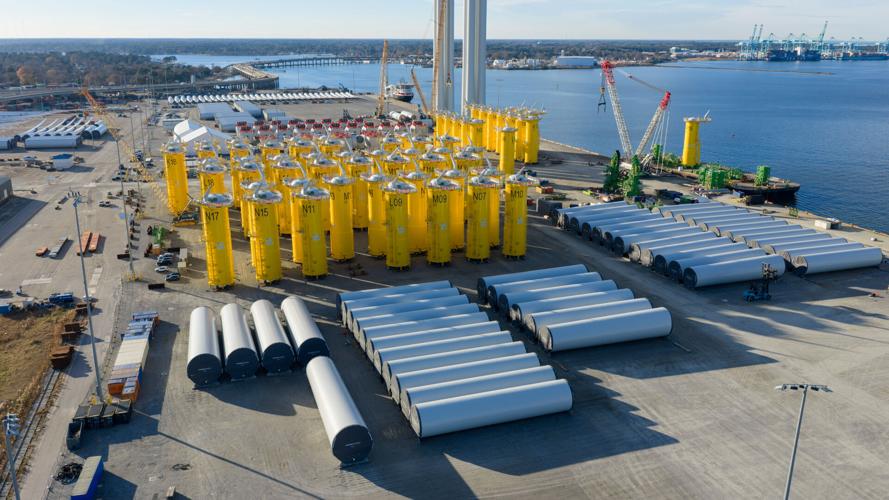Smithsonian Faces Dilemma Over Space Shuttle Discovery’s Future

The future of the space shuttle Discovery is embroiled in a contentious political battle, as discussions intensify over whether it should remain a centerpiece of the Smithsonian Institution’s National Air and Space Museum or be relocated to Houston, Texas, home to NASA’s Johnson Space Center. Recent letters exchanged between NASA, Congress, and the Smithsonian reveal the growing tensions surrounding this decision, with museum officials warning that relocating the shuttle could require significant disassembly, risking irreversible damage to this iconic artifact.
In a letter to Congress, Smithsonian officials expressed serious concerns about the implications of moving Discovery. They indicated that the shuttle “will have to undergo significant disassembly to be moved,” which they argue “would destroy its historical value.” The push for Discovery’s relocation gained momentum after U.S. Senators John Cornyn and Ted Cruz from Texas introduced the “Bring the Shuttle Home Act,” which ultimately became part of President Donald Trump’s “One Big Beautiful Bill,” signed into law on July 4, 2020.
The Smithsonian estimates that relocating Discovery could cost between $120 million and $150 million, significantly exceeding the $85 million allocated in the bill. This financial burden does not include the costs of constructing a new facility in Texas for the shuttle’s display. The museum has been directed by the Office of Management and Budget (OMB) to prepare for the move within 18 months as specified in the legislation.
Concerns Over Disassembly and Historical Integrity
Joe Stief, an organizer for KeepTheShuttle.org, a group advocating for Discovery to remain in Virginia, voiced alarm over the potential disassembly. “The shuttle wasn’t designed to be disassembled. It’s not something that NASA ever contemplated doing,” he stated. Stief explained that breaking down the shuttle into its major components, such as the wings and cockpit, would likely cause “catastrophic structural damage.”
He further noted that the disassembly process would involve removing hundreds, if not thousands, of thermal tiles and disconnecting extensive wiring, all of which were preserved for future study. His organization has garnered support, with over 3,500 sign-ups advocating for the shuttle’s retention at the Smithsonian.
In a letter dated September 23, Senators Mark Kelly, Mark Warner, Tim Kaine, and Richard Durbin urged the Senate Committee on Appropriations to block the transfer. They emphasized that while Houston’s desire for the shuttle is understandable, removing it from the National Collection is not a viable solution.
Political Back-and-Forth Intensifies
In response, Senators Cornyn and Cruz dismissed the Smithsonian’s claims as part of a “frivolous misinformation campaign.” They challenged the assertion that disassembly would be necessary and criticized the Smithsonian’s cost estimates as being excessively inflated compared to quotes from private-sector logistics firms.
The Smithsonian maintains that it legally owns Discovery, having received “all rights, title, interest, and ownership” from NASA in 2012. This raises questions about the legal basis for the government’s directive to relocate the shuttle. Cornyn and Cruz countered this point, asserting that the Smithsonian is fundamentally a creation of Congress and that its funding is derived significantly from federal appropriations.
The ongoing debate also touches on the broader implications for the Smithsonian’s autonomy and how federal law governs artifacts within its care. The potential relocation of Discovery, if executed, could set a precedent that challenges the independence of the Smithsonian as a public trust.
As Congress continues to grapple with a partial government shutdown, Discovery’s fate remains uncertain. The shuttle’s future is now tied to stalled negotiations over the fiscal year 2026 appropriations bill, which encompasses competing provisions that could either facilitate or halt the relocation process once funding discussions resume.
Stief concluded, “Even if you had an unlimited budget, this wouldn’t be the right thing to do.” The outcome of this situation will likely resonate well beyond the immediate concerns for Discovery, impacting how similar artifacts are treated in the future.






